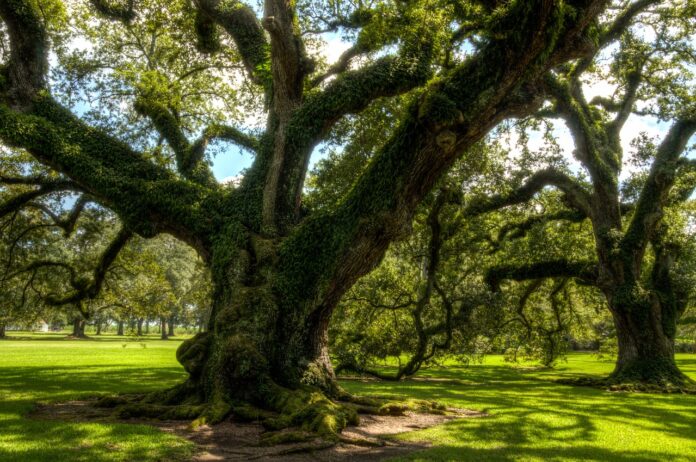When you look at a Swiss timepiece, like a Rolex, you are supposed to see beauty and sophistication. Perfection, the masterpiece works uninterrupted and with mechanical precision. It takes only a minute to appreciate its complexity and admire its flawless details.
Personally, I don’t own that kind of watch. But I’m in awe at how a watchmaker can assemble all the gears and springs, putting each screw in place, without losing them. It is the culmination of countless hours of training, many people working together to create a functioning work of art.
I look at skyscrapers and wonder who had to calculate all of the concrete and rebar needed. That is definitely not a job that I can do. I don’t have that kind of attention to detail. I’m not a “mathmagician” and certainly no engineer. I find it fascinating and remarkable that people can even do that.
Carl Sagan once postulated that given the number of stars and galaxies in the universe and the number of atoms contained within, it was mathematically improbable that only one planet, Earth, would be hospitable to life. Furthermore, he worked to perpetuate the idea and explore the possibility of life elsewhere in the galaxy.
I’m not a scientist and I don’t have the credentials to argue for or against anything in the scientific community. Physicists have estimated that there are 10E86 atoms present in the universe. If you wrote the stoichiometry equation of reactants and a singular product, it would be mathematically impossible. Like Sagan, I question how it would be possible to have so many atoms in the universe as reactants, and only one product.
This is in fact what textbooks teach. Darwin’s theory has been perpetuated by many; it’s what biological studies are predicated on. Life begets life … except when it started. And, instead of appreciating the complexities and intelligence behind the designs, it’s taught to be an accidental coagulation of amino acids, that occurred during an electrostatic storm.
It reminds me of solving a jigsaw puzzle, with a hammer — a really big hammer.
Personally, I love science. But science is a way to understand God’s creation. To appreciate his fine work. The complexities of the human body far exceed any invention. The chemical reactions and cellular reproduction in algae are more complicated and sophisticated than a fancy watch.
I can’t walk out my back door and see the newborn lamb jumping and suckling without admiring its creator. The massive oak trees that adorn my property withstand the harsh winds, remaining perfectly still. The brambles take nutrients from the acidic soil and create the most delicious, sweet plump berries to forage for.
Watching plants come out of dormancy is far more interesting and complex than artificial intelligence. I doubt a computer program will ever be able to communicate as beautifully and eloquently as a bird can in the spring.
Personally, I am in awe of my creator’s creation. I am thankful I am a part of it. And, I’m thankful nature is so resilient, or else, I’d be canning thistle.














I absolutely love what you said agree with you!